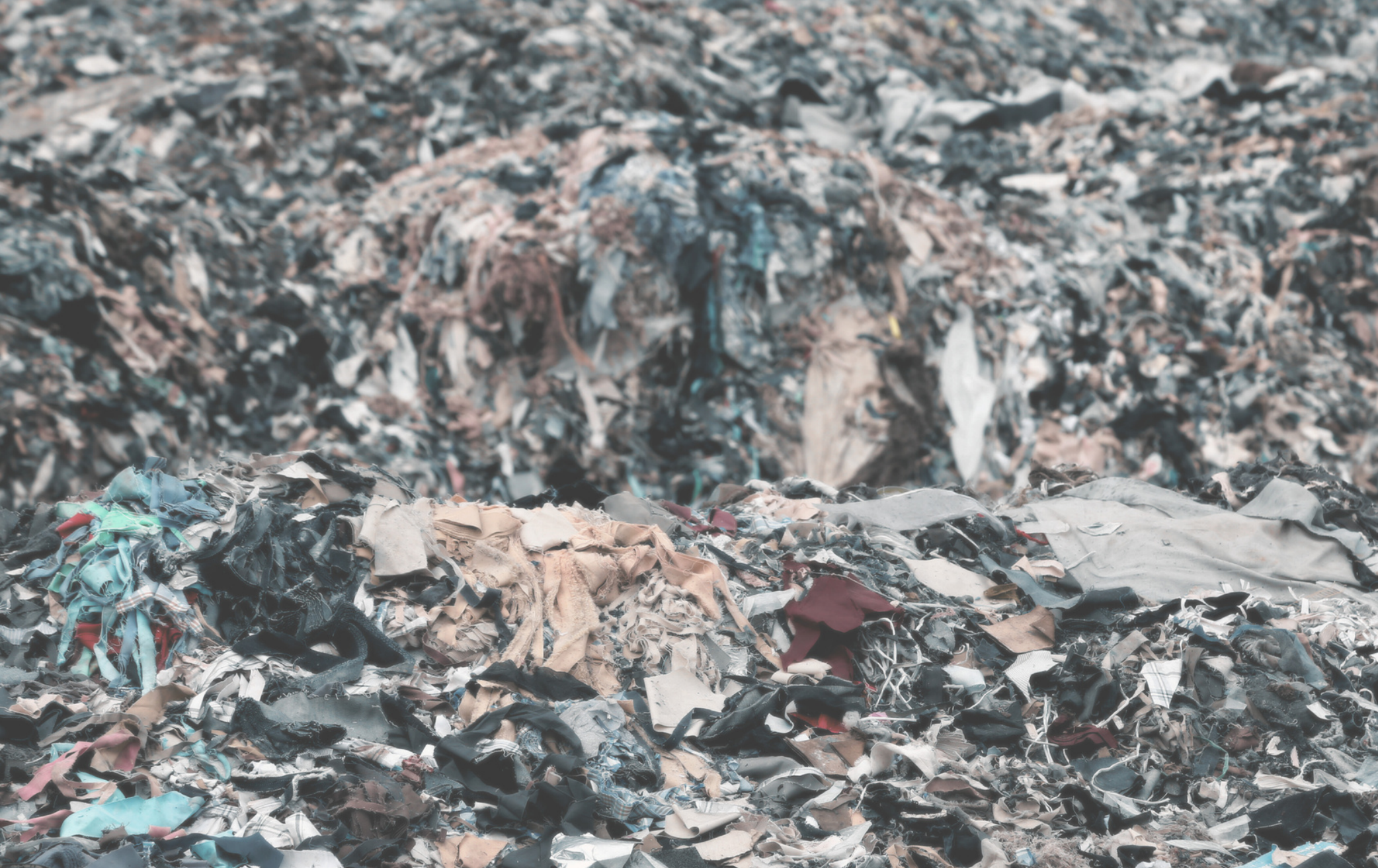
Pourquoi le polyester fast fashion pose-t-il problème ?
Alors que nous nous débattons avec des pailles en papier détrempées, l'industrie de la mode rapide déverse chaque année des millions de tonnes de vêtements en plastique.
Polyester de la mode rapide
Quel est le problème avec le polyester ? Il est omniprésent dans nos vêtements et peut même se faire passer pour une fibre naturelle.
Le satin? Non, ce n'est pas de la soie, c'est un style de tissage qui donne au tissu un aspect soyeux. Et oui, le satin est généralement du polyester.
Le molleton? C'est du polyester duveteux.
Du velours? Du polyester pelucheux.
Crêpe? Polyester froissé.

Etiquettes 100% polyester des vêtements de la fast fashion.
Qu'est-ce que le polyester ?
Le polyester est une étoffe tissée à partir de plastique.
Oui, le même plastique que celui utilisé pour les bouteilles et les emballages alimentaires. Ce plastique PET est transformé à partir de copeaux ou de granulés de plastique en une fibre qui peut être tissée en un matériau.
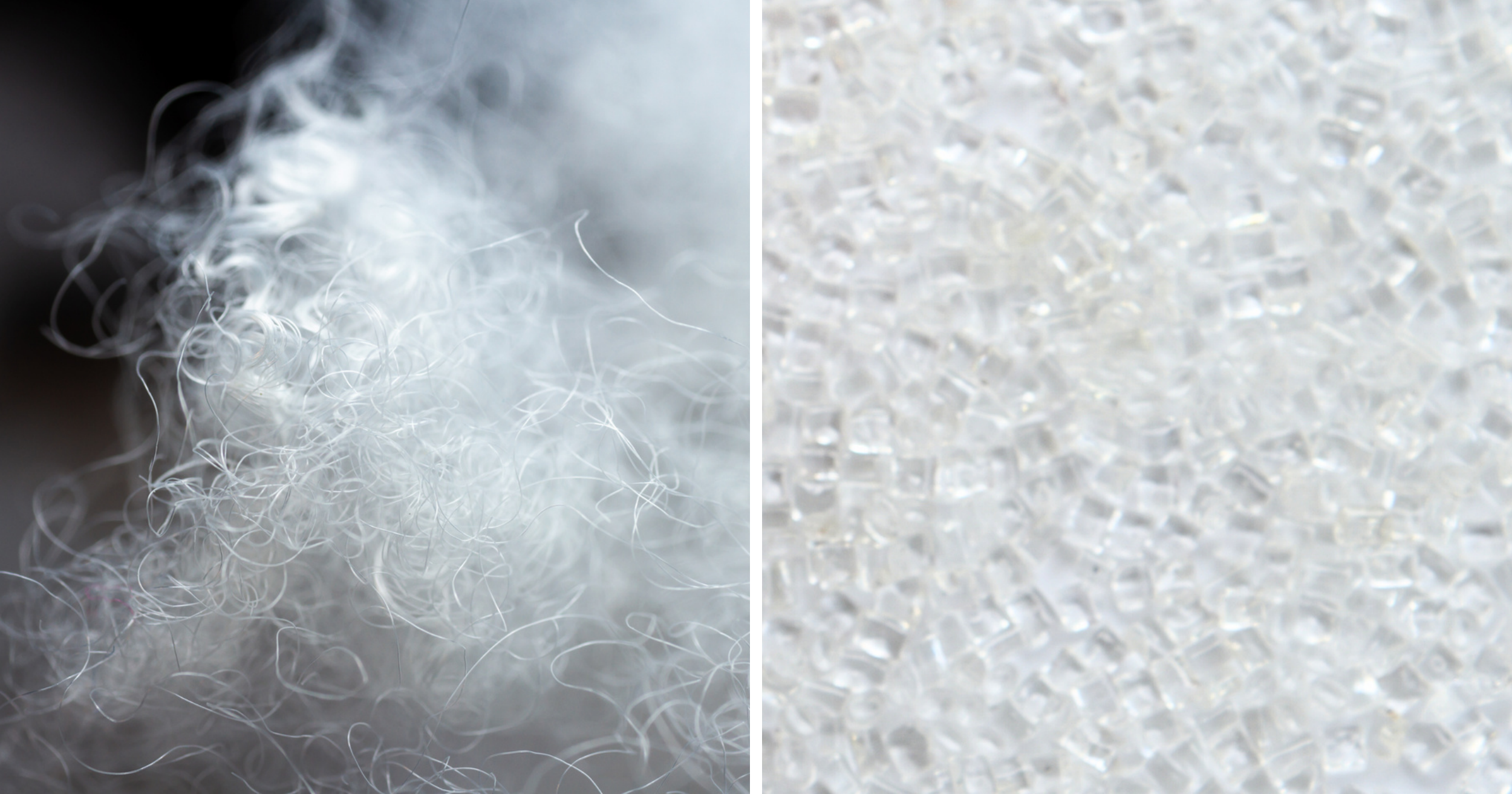
Fibres de polyester et granulés de plastique PET, les deux faces d'une même pièce
L'histoire du polyester
Le polyester a été inventé au début duXXe siècle et, comme beaucoup de technologies modernes, il a connu de grandes avancées dans les années 30 et 40 en raison des changements industriels survenus pendant la Seconde Guerre mondiale. Les fibres naturelles étaient en quantité limitée et les gens devaient se contenter de ce qu'ils avaient en raison du rationnement des vêtements.
Aussi, lorsqu'un tissu a été inventé, qui pouvait être produit à partir de pétrole brut, sans aucun des problèmes d'approvisionnement que connaissaient le coton et la laine, il a vraiment pris son essor. Libéré de ces limitations et révolutionnaire dans ses caractéristiques, le polyester était la réponse à tous les problèmes d'habillement.
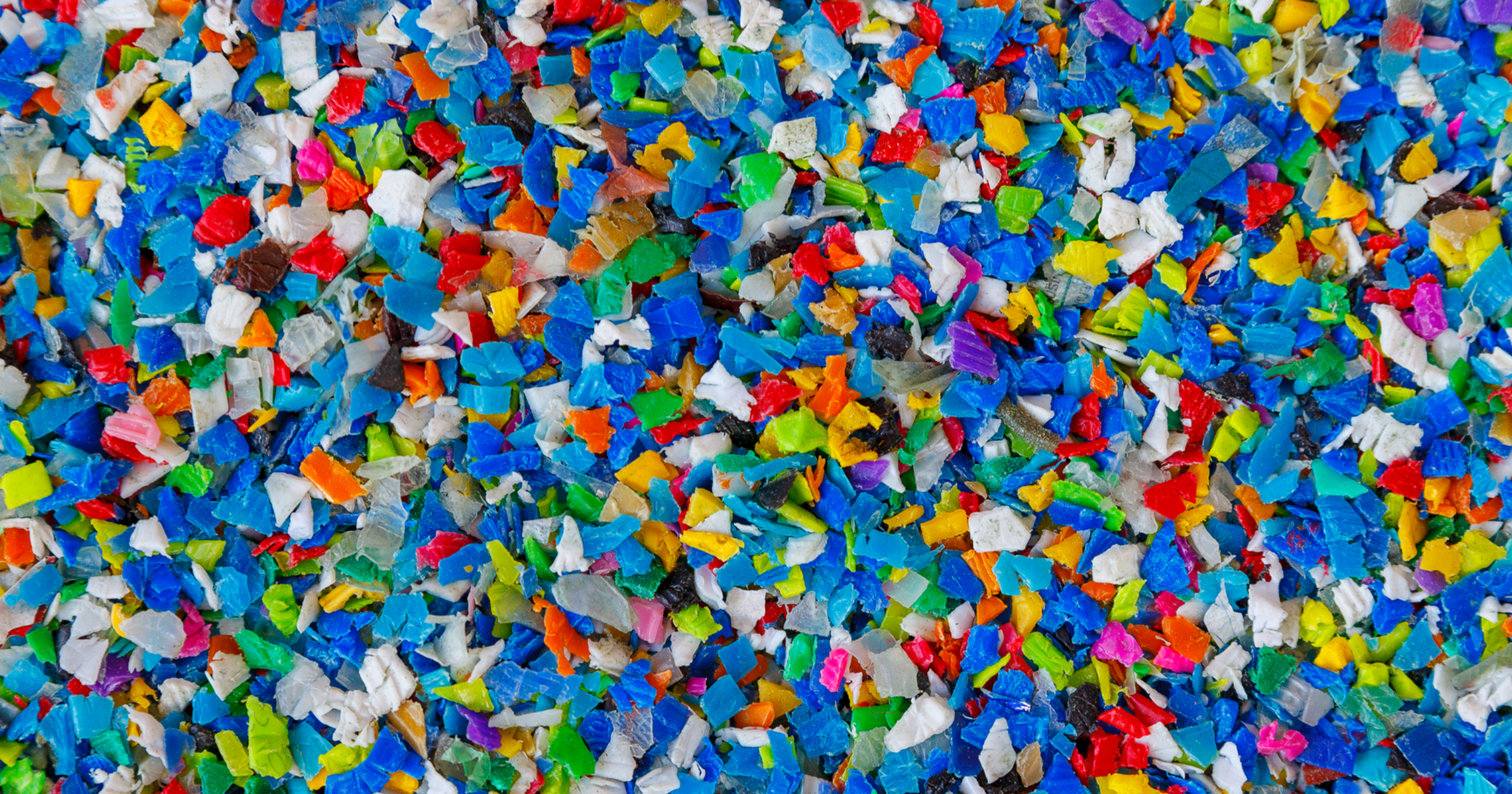
copeaux de plastique PET, le même matériau que celui utilisé pour fabriquer les vêtements
Pourquoi portons-nous des vêtements en plastique ?
L'énorme avantage du polyester par rapport aux fibres naturelles était qu'il se lavait et voyageait bien sans se froisser ni rétrécir. Il pouvait être produit de manière à résister à l'eau ou à évacuer l'humidité, contrairement aux fibres naturelles comme le coton ou la laine, qui absorbent l'eau, deviennent lourdes et sèchent lentement.
Nous pourrions avoir des vêtements de sport et des maillots de bain qui ne seraient pas fabriqués avec de la laine détrempée. Des vestes qui nous garderaient au sec sans être lourdes et cirées.
Le polyester pouvait être lavé sans aucun soin et suspendu pour sécher au goutte à goutte en quelques heures. Il n 'avait pas besoin d'être repassé, ce qui réduisait considérablement le travail.
C'était révolutionnaire, mais les "robes en plastique" auraient été difficiles à vendre même dans les années 50. Ce n'est pas vraiment confortable.
Le polyester s'est vu attribuer de nouveaux noms de marque brillants et a été commercialisé comme le sauveur de tous les problèmes vestimentaires de la vie. Bien qu'il s'agisse d'un tissu fantastique pour les améliorations qu'il apporte aux vêtements pratiques pour le sport et les intempéries, il présente un énorme problème.
Pourquoi la mode rapide utilise-t-elle autant de polyester ?
Lorsque 70 % des vêtements sont aujourd'hui fabriqués en polyester, il doit y avoir une raison à cela.
-
Le polyester est bon marché
-
Le polyester imite les matériaux coûteux
-
Le polyester est facile et rapide à produire en masse.
Tout cela fait du polyester le matériau idéal pour notre marché actuel de la mode ultra-rapide.
L'énorme problème du polyester
Comme nous l'avons vu jusqu'à présent, le polyester est du plastique et, comme vous le savez probablement, le plastique ne se décompose pas - pas avant des centaines d'années en tout cas. En attendant, il s'accumule dans les décharges et sur les plages des pays du Sud.
Ou alors, il est incinéré. Brûlé pour tenter de s'en débarrasser, en dégageant des fumées toxiques et une pollution qui ne disparaît jamais vraiment.
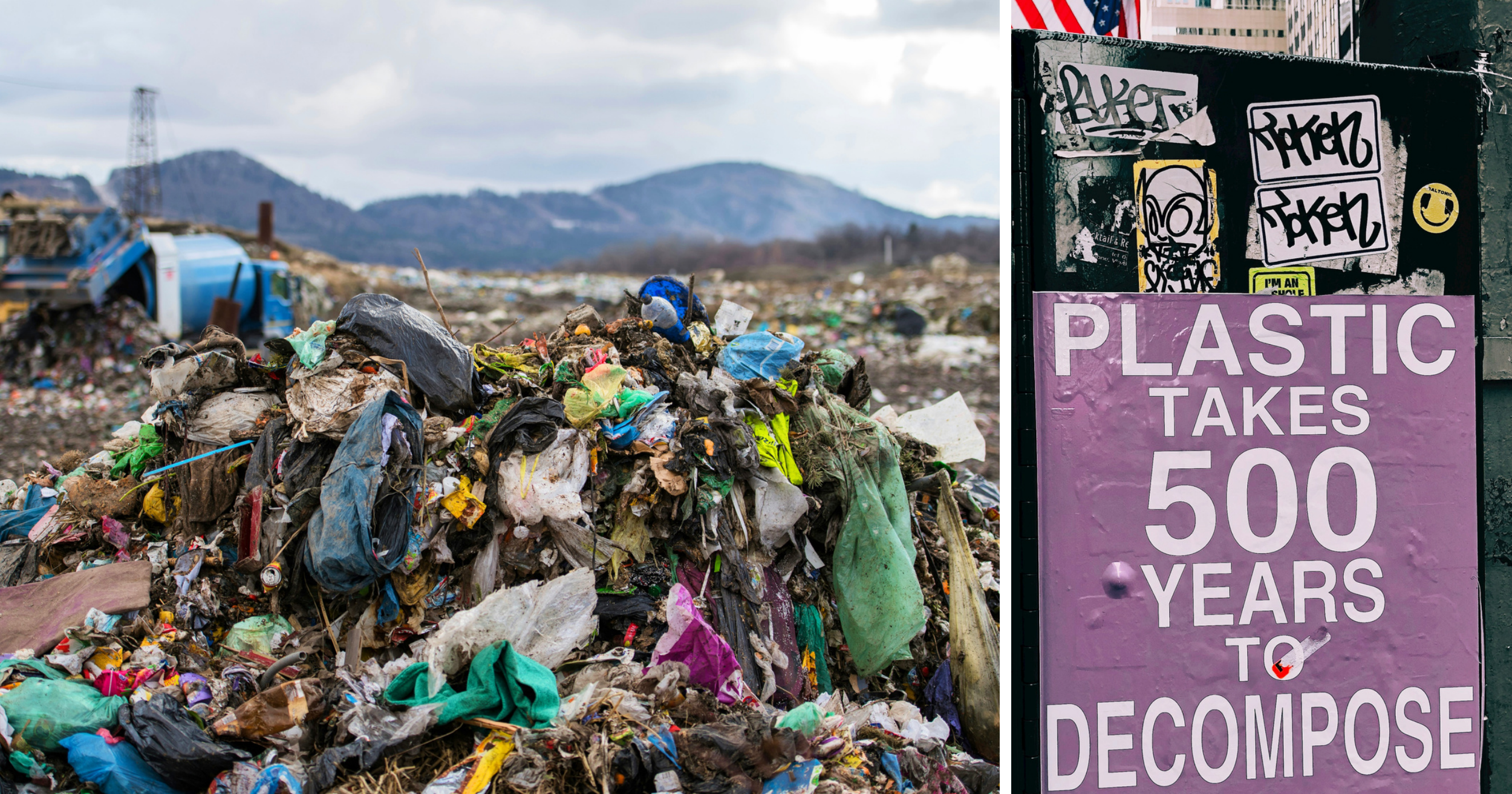
Le plastique ne se décompose pas, y compris les vêtements en polyester.
La catastrophe plastique de la fast fashion
La mode était autrefois rythmée par les saisons, et avant cela, par les années. Au cours de la dernière décennie, nous sommes passés de 4 saisons de tendances par an à 52 tendances hebdomadaires par an.
La demande actuelle de nouvelles modes est si forte que seuls les matériaux que l'on peut se procurer rapidement et à peu de frais pour les transformer en vêtements peuvent la satisfaire. Nous n'avons tout simplement pas le temps de nous procurer des matériaux éthiques ou durables et de les transformer en tendances à la vitesse à laquelle nous les consommons.
Si la demande de nouvelle mode reste aussi élevée, l'offre continuera à utiliser le polyester.
Mais il ne s'agit pas seulement d'un problème de demande. Les entreprises de mode créent ce cycle de tendances pour nous pousser à acheter, acheter, acheter. Nous n'avons pas besoin de nouveaux vêtements plus d'une fois par saison, voire moins, mais ils peuvent créer un buzz autour d'une tendance qui vous donne l'impression que vous avez besoin de quelque chose de nouveau pour être dans le coup.
En fait, on estime que l'industrie produit 40 % de vêtements de plus que les consommateurs n'en achètent. Une grande partie de ces vêtements excédentaires, souvent fabriqués à partir de polyester ou d'autres matières synthétiques, finissent incinérés ou mis en décharge avant même d'avoir été portés.
En raison de la mauvaise qualité de la fast fashion, une grande partie de ces vêtements ne peut être réutilisée ou recyclée. Seul 1 % peut être recyclé, et 12 % peuvent être transformés en chiffons et en déchets. Le reste n'est bon qu'à devenir un déchet.
Selon une enquête récente menée aux États-Unis, 69 % des gens ne savent même pas que leurs vêtements sont fabriqués à partir de plastique, de sorte que la crise passe inaperçue.
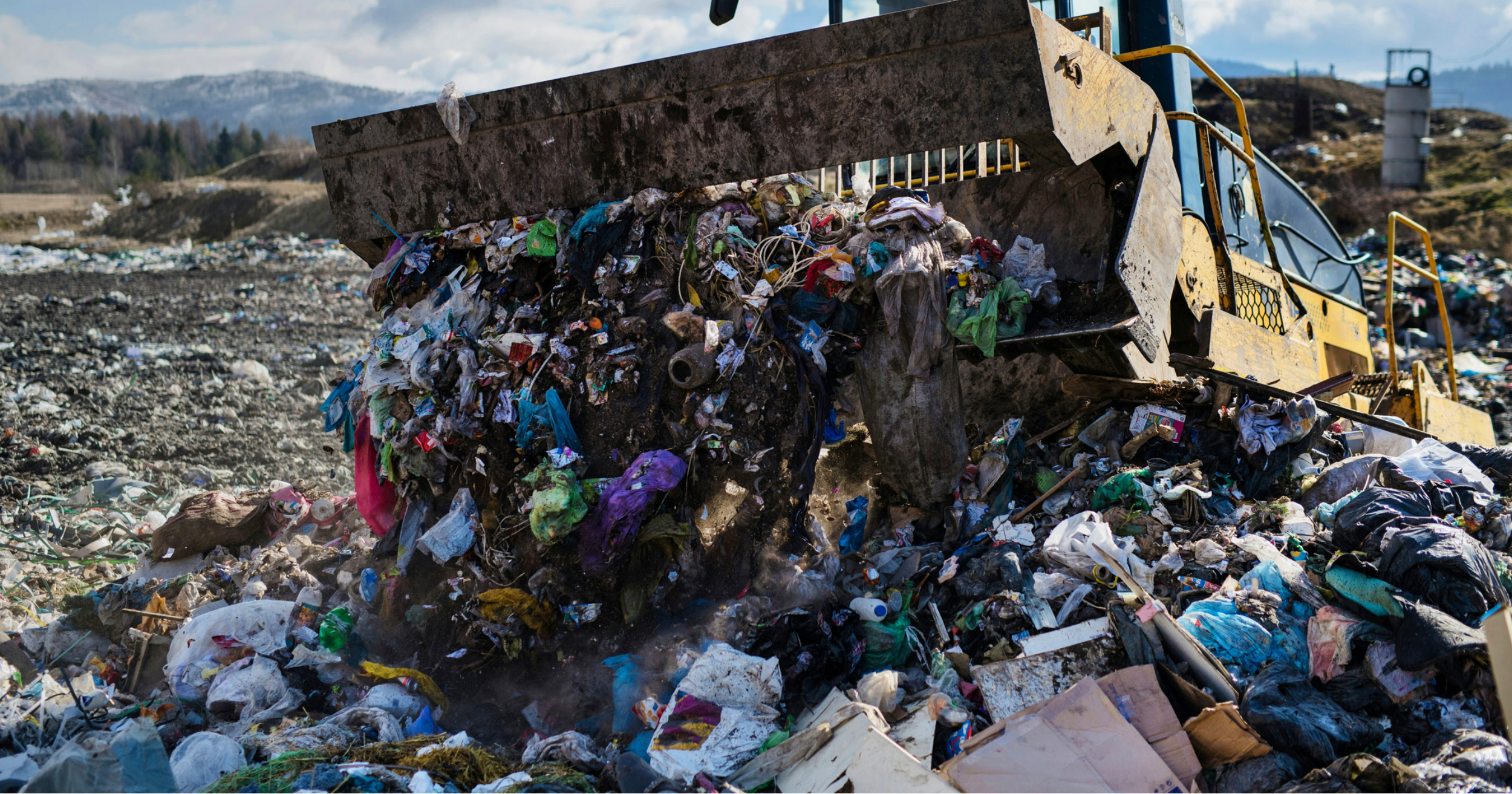
Faut-il cesser d'acheter du polyester ?
Non, il ne faut pas arrêter d'acheter ou de porter du polyester. Si nous cessons d'utiliser les vêtements en polyester que nous avons, ils n'iront nulle part. Il en résulterait une quantité écrasante de déchets plastiques.
Le polyester est un tissu aux propriétés étonnantes. Nous en avons besoin pour les vêtements de sport, les maillots de bain et les vêtements résistants aux intempéries. Mais cela ne signifie pas que nous devons acheter de nouveaux vêtements en polyester.
Comme il existe déjà une grande quantité de vêtements en polyester, le meilleur choix est toujours d'acheter des vêtements d'occasion. Achetez des vêtements en polyester d'occasion chaque fois que c'est possible. Cela permet de réduire la demande de nouveaux vêtements en polyester et d'éviter qu'ils ne se retrouvent dans les décharges.
Qu'en est-il des microplastiques issus du lavage du polyester ?
Il n'existe pas de solution parfaite pour lutter contre la pollution due au lavage des vêtements en polyester, mais il existe actuellement sur le marché plusieurs filtres à eau pour les microplastiques, qui permettent de réduire la quantité de microplastiques qui se retrouve dans les océans.
Vous pouvez choisir des filtres à microplastiques qui se fixent au tuyau de la machine à laver, ou des sacs dans lesquels vous placez vos vêtements synthétiques à l'intérieur de la machine à laver.
Il est toujours préférable de porter à nouveau des vêtements d'occasion en polyester plutôt que de les éviter complètement. En effet, si tout le monde cesse de porter du polyester, il n'y a plus d'autre issue que la mise en décharge ou l'incinération.
Qu'en est-il du polyester recyclé ?
Les marques de fast-fashion ont mis en avant l'utilisation de polyester recyclé pour tenter de nous convaincre qu'elles sont désormais durables.
Malheureusement, ce n'est pas le cas. Consultez notre blog sur les raisons pour lesquelles le polyester recyclé n'est pas durable ici.
Où peut-on acheter des vêtements de seconde main ?
Chez ThriftTale, nous rendons la mode réellement durable. Nous achetons des vêtements mis au rebut et les remettons sur le marché dans le cadre d'une véritable mode circulaire.
Notre collection de vêtements vintage et d'occasion regorge de produits de qualité qui méritent une seconde chance. Des marques de créateurs aux pièces vintage uniques faites à la main, nous montrons au monde entier qu'il n'est pas nécessaire d'acheter du neuf - il est possible d'être durable et élégant avec des vêtements de seconde main.










